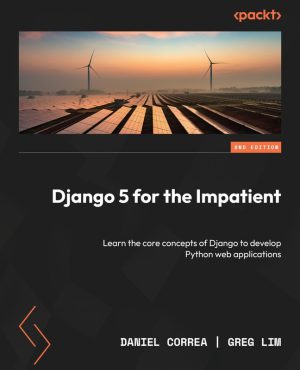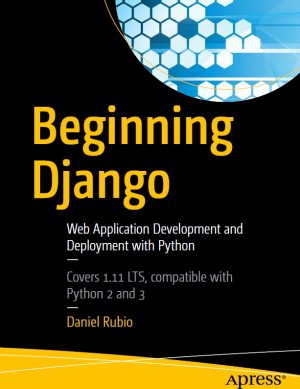Description
Python Django Subscription Platform Development – Python Django Subscription Platform
Python Django Subscription Platform is the ultimate 2024 step-by-step course designed to help you build a fully functional subscription-based web application from scratch using Django, Stripe/PayPal integration, authentication systems, user dashboards, and automated billing workflows.
Whether you are a beginner exploring Django or a developer looking to master payment systems and recurring revenue architecture, this course gives you everything you need to launch real-world subscription platforms similar to Netflix, Skillshare, or SaaS products.
What You Will Learn
- How to set up a complete Django project optimized for real-world deployment.
- Building user registration, login, logout, and secure authentication workflows.
- Implementing subscription plans, recurring payments, and billing cycles.
- Integrating Stripe or PayPal payment gateways with seamless UX.
- Creating user dashboards, access controls, and plan upgrade/downgrade logic.
- Designing admin controls for subscription management and analytics.
- Deploying your subscription platform to cloud hosting for public access.
Who Should Take This Course?
This course is ideal for Python developers, Django beginners, aspiring freelancers, SaaS creators, and startup founders wanting to build subscription-based services without relying on expensive pre-built tools. No prior advanced experience is required—only basic Python understanding.
Course Benefits
- Hands-on real-project development.
- Modern 2024 Django version with best practices.
- Practical payment gateway integration.
- Downloadable code and reusable templates.
- Complete system deployment guidance.
Explore These Valuable Resources
Explore Related Courses
- Explore Related Courses: Python Programming Essentials
- Explore Related Courses: Mastering Django Framework
- Explore Related Courses: Full-Stack Web Development
- Explore Related Courses: DevOps & Deployment
- Explore Related Courses: SaaS Application Development
Final Summary
Python Django Build a Subscription Platform – 2024 is a powerful, hands-on course that walks you through the entire lifecycle of designing, developing, and deploying a subscription-based web platform. By the end, you will have all the skills to launch your own SaaS subscription service and generate recurring reven


















Reviews
There are no reviews yet.